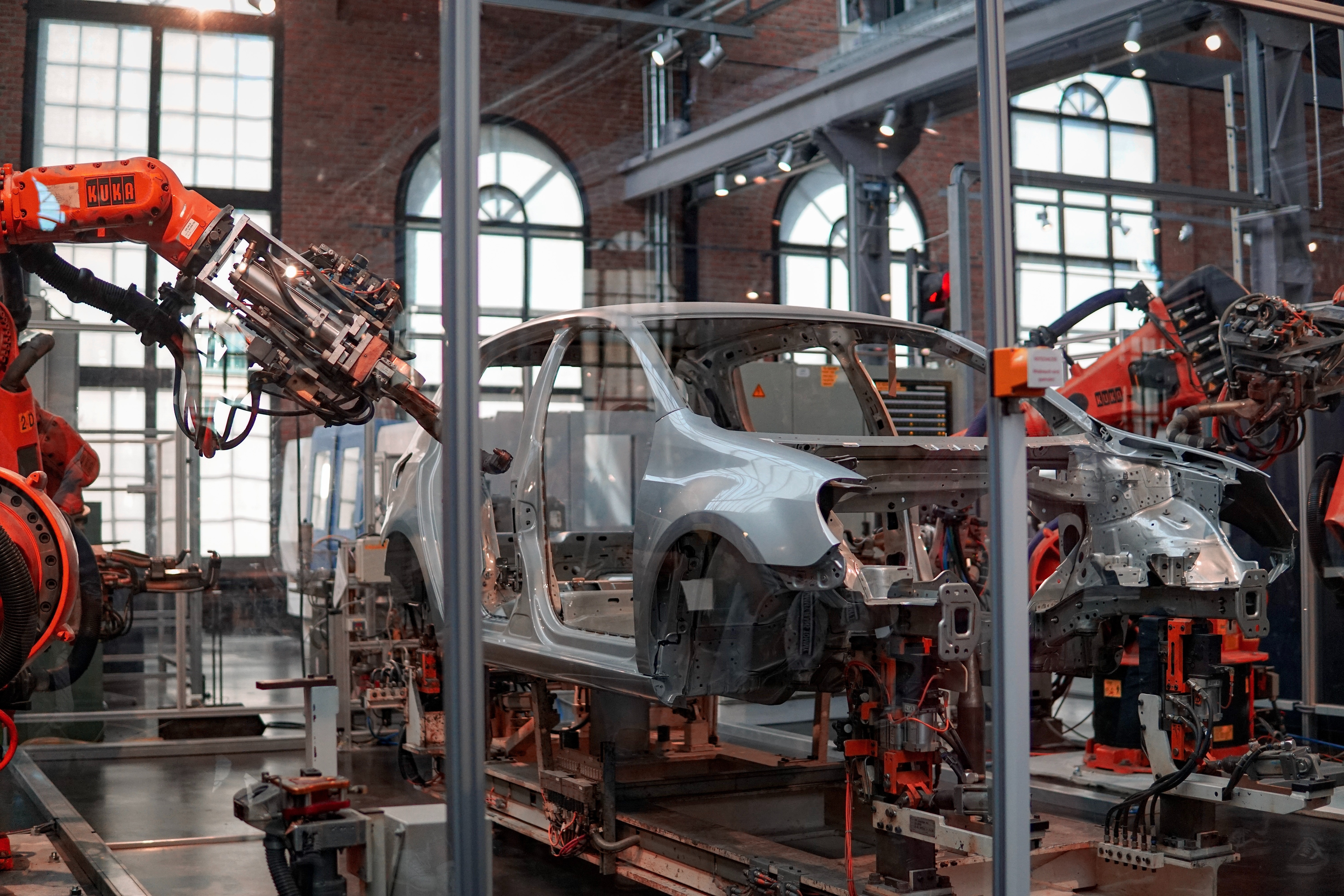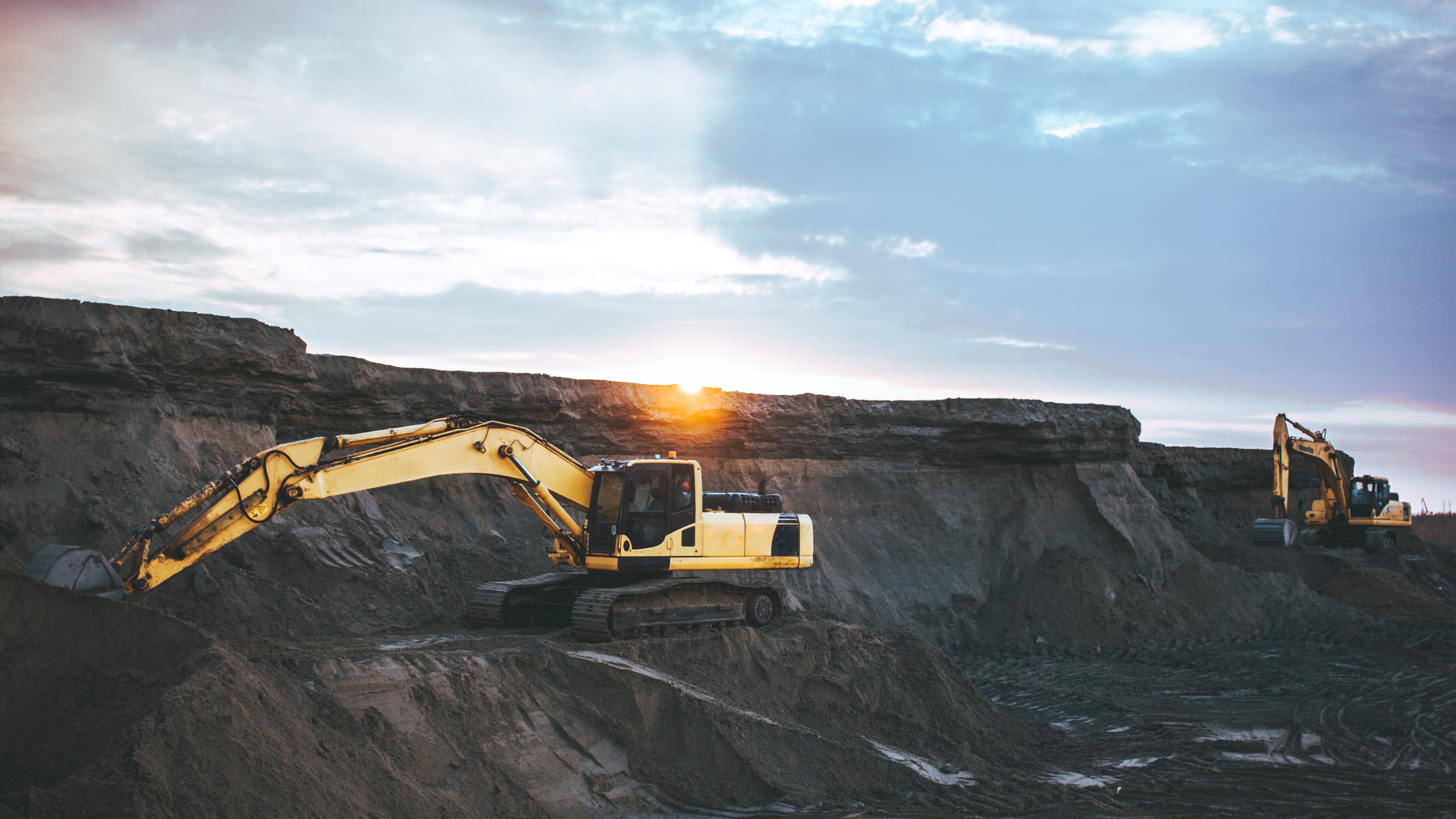BEIJING — State-owned Chinese resources developers are expanding production of rare-earth metals in response to higher government quotas, working to build a supply chain that can handle growing demand for electric vehicles and other high-tech products.
China Northern Rare Earth (Group) High-Tech, China’s biggest player in the field, in March announced plans to expand a refining and processing facility in Inner Mongolia into one of the largest in the world. The 7.8 billion yuan ($1.1 billion) project is expected to take a year and a half.
The company, which counts a major state-owned steelmaker as its top shareholder, cited increasing demand for EVs and wind power. Its business plans through 2025 call for significantly strengthening its rare-earth supply chain and working to establish the world’s biggest processing center for rare-earth magnets.
The expansion was announced in the same month that the Chinese government boosted its rare-earth production quota for the first half of this year to 120,000 tonnes, up 20% from a year earlier. China Northern’s share jumped more than 30% to nearly 81,000 tonnes.
The aim is to keep prices stable for the powerful rare-earth magnets used in electric vehicles as Beijing pushes for broader adoption. A total of 6.88 million new-energy vehicles, mainly EVs, were sold in China last year, and some see the annual tally reaching 17 million in 2025.
Heightening tensions with the U.S. may be a factor as well. China’s imports of rare earths have more than tripled over the past five years amid rising demand, with the U.S. accounting for the largest share. As Washington works to build a rare-earth supply chain focused on its allies and partners, it could cut shipments to China.
Although Beijing raised the six-month production cap for light rare-earth elements like cerium and neodymium, it is taking a more conservative approach with heavy rare earths, cutting the quota by 5% from a year earlier. China and Myanmar together hold a near-monopoly on the latter category, which includes dysprosium, used to ensure consistently high performance in magnets for applications from EVs to missiles.
In light of this policy, China Rare Earth Group is looking to establish an integrated supply chain running between the two countries. A group company is building a new facility in the border province of Yunnan to refine and process rare earths imported from Myanmar.
Nearly all of Myanmar’s rare-earth mining projects are Chinese-owned, and many of the workers there are Chinese migrant laborers, according to a local source involved in shipping. Trucks with Chinese license plates reportedly travel freely to mines in Myanmar and back across the border to Yunnan.
While China Northern produces mainly light rare-earth elements like cerium, it is also stepping up procurement of heavy rare earths like dysprosium, partnering with automakers that buy its products. It decided in February, along with China’s top EV manufacturer, BYD, to invest in a company with mining rights for heavy rare earths.
Deng Xiaoping, the leader who spearheaded China’s policy of “reform and opening up,” once said that “while the Middle East has oil, China has rare earths.” The country has the key advantage of being able to handle everything domestically, from mining ore to making magnets.
Like Middle Eastern countries, Beijing has leveraged this strategic resource in foreign policy. It temporarily barred exports of rare earths to Japan in 2010 amid tensions over the Senkaku Islands, which China claims and calls the Diaoyu, and is now considering a ban on exports of rare-earth magnet technology.
The U.S., worried about Chinese dominance in these critical materials for high-tech products, has stepped up its own mining operations, to the point that it has become the world’s second-largest producer of the metals. But its dearth of refining capacity means it has to send most of its output to China for processing before importing it back.
Source: https://asia.nikkei.com/Business/Materials/China-ramps-up-rare-earth-production-to-meet-EV-wind-power-demand

 English
English


